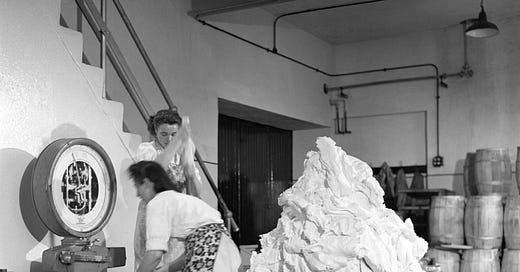This is the weekly newsletter of Lyz Lenz (me!) a journalist and author living in and writing about the people and politics of red-state America. If you like this newsletter, please subscribe! I also have a book you can pre-order called This American Ex Wife.
© 2025 Lyz Lenz
Substack is the home for great culture



